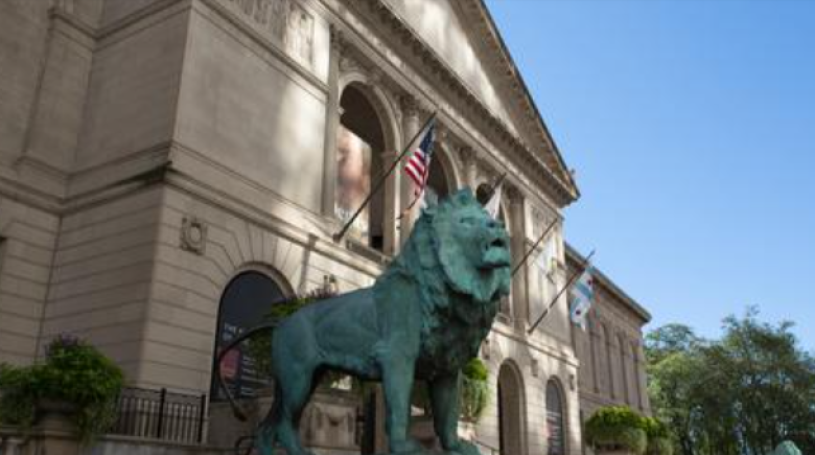International Arts News: As the Biden Administration Lifts Travel Bans on Visitors to the U.S., Museums Hope It Will Boost Lagging Attendance
This week, the Biden administration lifted restrictions on its pandemic travel ban, allowing vaccinated visitors from Canada, China, Mexico, and other countries to enter the U.S. for the first time in 18 months. For major American museums, where international visitors have historically accounted for major portions of yearly attendance figures, the news was surely welcomed.
Visitor numbers dropped roughly 70 percent at the Art Institute of Chicago, for example, from roughly 1.5 million to 420,000 in the 2020 fiscal year, according to a museum spokesperson. In previous years, international guests accounted for 25 to 30 percent of ticket buyers, representing about $5 million in admission revenue.
“We are optimistic about the return of international travelers, but know that return will be gradual,” the representative said, noting that, for the time being, the institution is “continuing to focus primarily on local audiences.”
The Smithsonian, which doesn’t charge admission and thus can’t track where visitors come from, saw similar decreases in its overall numbers during the same period of time, according to its public engagement data. Attendance numbers dipped 67 percent across the Smithsonian’s various museums, from roughly 23.3 million to 7.6 million in the 2019 fiscal year.
Meanwhile the New York Times reported this week that, at the Metropolitan Museum of Art, where international travelers account for about a third of attendance, daily visitor numbers have been cut in half since the start of the pandemic. And the effects have been even greater when it comes to admission profits, since the museum has a pay-what-you-want policy in place for New Yorkers.
However, not every institution can expect a bump in foot traffic with the amending of travel restrictions. At the Museum of Fine Arts, Houston, a southern institution less frequented by foreigners than those on the coasts (90 percent of the museum’s annual visitors are local), the change to the travel ban will likely have no noticeable impact, a representative said.
In the last fiscal year, 455,000 visitors came to the museum, down from nearly a million during the previous cycle. But the museum has rebounded like few others have: “At this time, attendance is back above pre-pandemic levels,” the museum spokesperson said.

